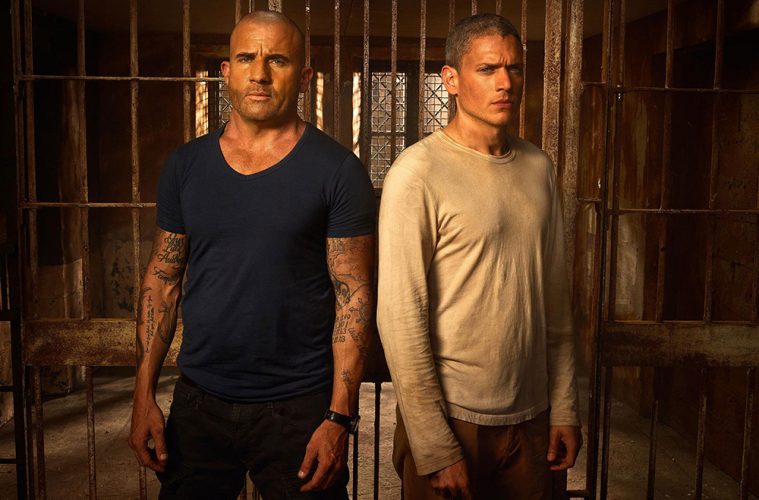There are many shows that have started with a bang and have reached unimaginable heights after the release of the first season of the series. But you know what they say? Everything that goes up must come down, and Prison Break is a show that had a honeymoon period, but quickly took unnecessary turns that caused the relationship between the viewer and the viewed to turn sour.
The main plot of the story was that of Michael Schofield, who gets plans to Fox River State Penitentiary tattooed on his body so he can break his brother Lincoln out from the inside. The first time Schofield takes off his jail uniform with the art on his body leaves you mesmerized. The first season’s writing had seldom errors, and with characters such as Theodore Bagwell AKA T-Bag, the show had unparalleled potential. There were so many unanswered questions with so many different avenues that could have been taken. Unfortunately, the writers failed to grab hold of one of the greatest first seasons in television history.
The main obstacle with shows such as Prison Break is: what next? What happens to the story once the prisoners have broken out? That is what happened in season 2 of the show, with the escapers on the run following Schofield’s elaborate plan from start to finish. There were unplanned challenges in the way, but season 2 was a good follow-up to the first season, which was full of suspense.

Image Credit: quotesgram.com
The problems started stemming from the moment Schofield’s love interest, Sara Tancredi and her decapitated head, which was delivered to his brother, Lincoln during the early part of season three. As always, tears were flown, and in a fit of rage, Schofield swore revenge on her killer… Only for Tancredi to turn up alive. How did “The Company” make such a realistic head? And how did Lincoln know it was Tancredi’s? The whole situation was a mess. The worst part is, people coming back from the dead ended up being a reoccurring theme.
The show spiralled into a series of ridiculous plotlines from there: Season 3 sees most of the escapees recaptured and put into a prison in Panama, and Season 4 involves the escaped prisoners being recruited by Homeland Security to get information on an advanced renewable power cell. The show goes from the notion of breaking out of prison to being something political, a series of events that leaves you scratching your head. Instead of wanting more as you do during and after the first season, you end up dragging yourself to finish the show for the sake of finishing it.

Image Credit: youtube.com
Oh, it gets even better during the surprise return of the show in 2015 for a fifth season. When the show originally ends in 2009, Sara is seen weeping as she laid the flowers on Schofield’s grave. Well, guess who came back? Schofield. He pretended to be dead for seven years after shaking off the terminal brain cancer he suffered from in the previous seasons. During these seven years, he broke into and out of prisons, now working for a CIA agent in Yemen. How did we get to this point?
The writers should’ve taken a page out of Breaking Bad, or the spinoff series Better Call Saul to figure out how to plan the series to reach its climax without it spiralling out of control. They would’ve been better off spending a few seasons in the same prison as season 1, where it takes them a substantial time to break out, escape, and end the series within a few seasons. Prison Break was never meant to be a show that lasted more than 3 or 4 seasons. Besides, when has stretching a TV series ever been a good idea? Just look at Grey’s Anatomy for an example. It really is sad to look back, a tad similar to a young athlete with immense potential, but ends up making the wrong personal and professional decisions which causes you to look back and think of all the great things that could have happened. Prison Break was that young athlete once upon a time, and it didn’t live up to its potential.
Published by: HOLR Magazine.


